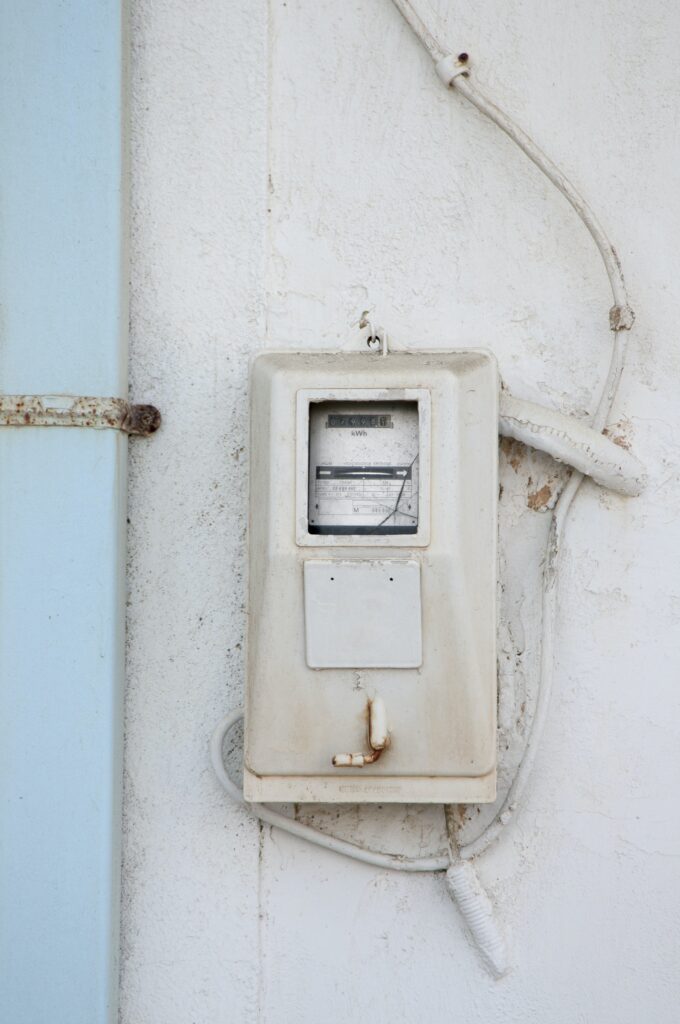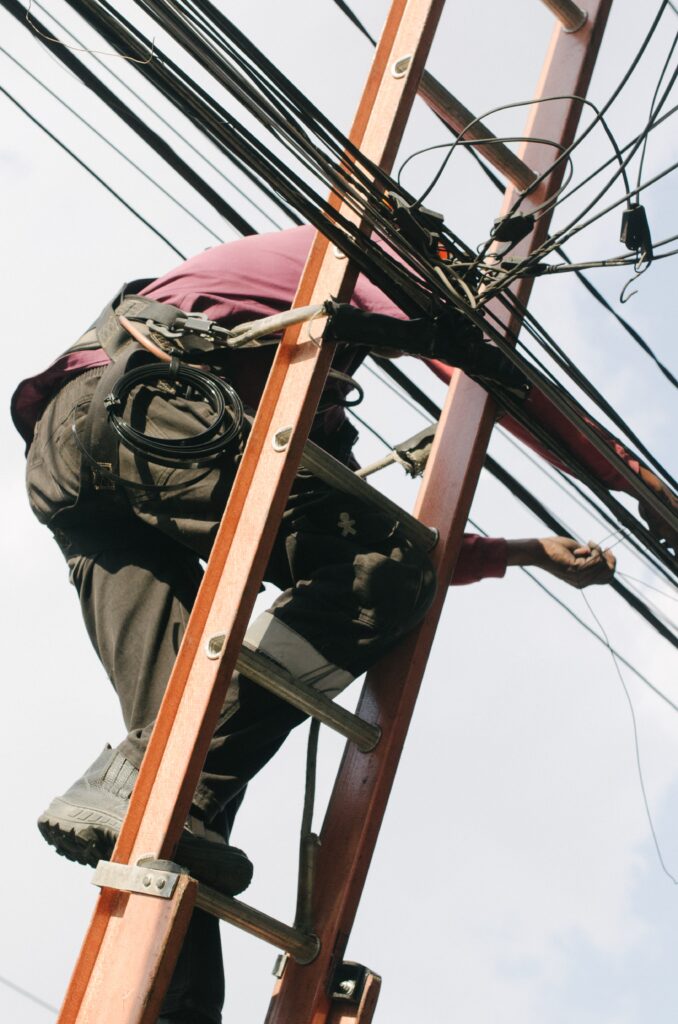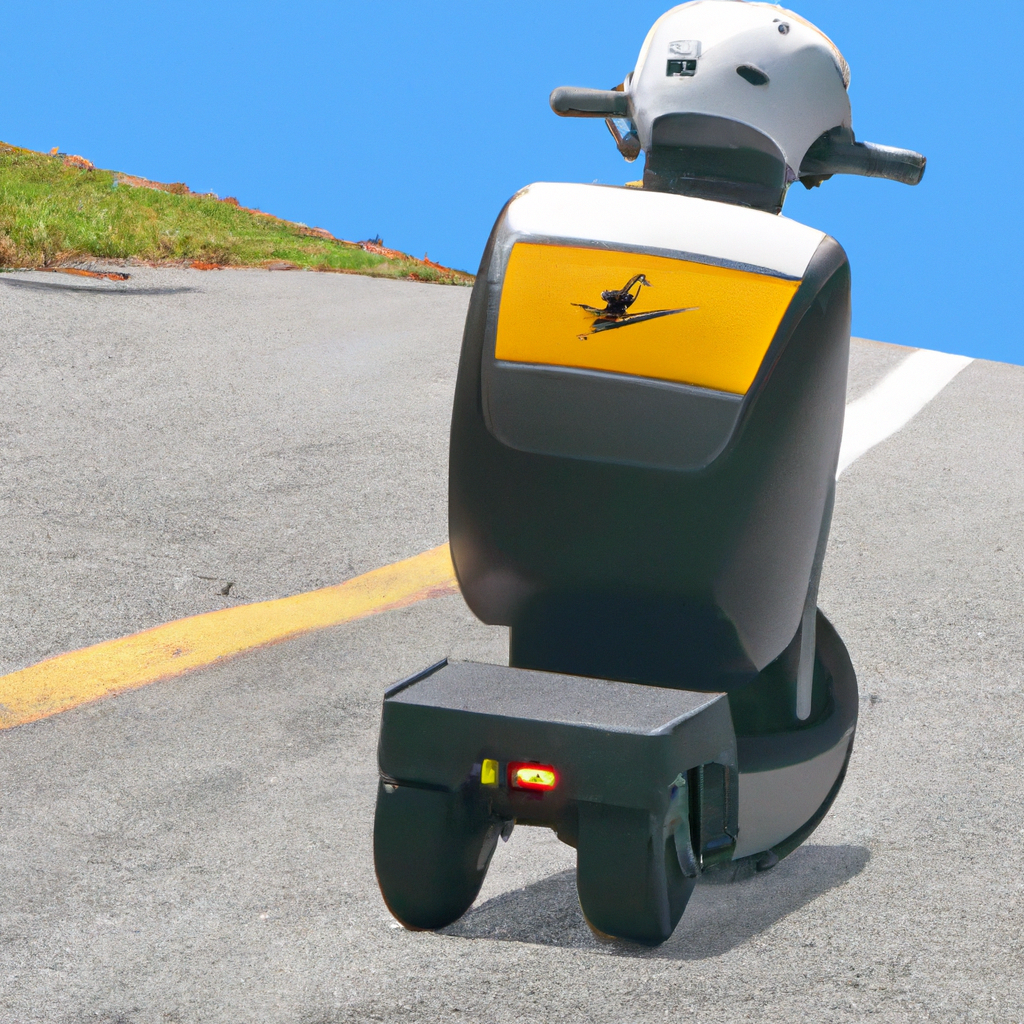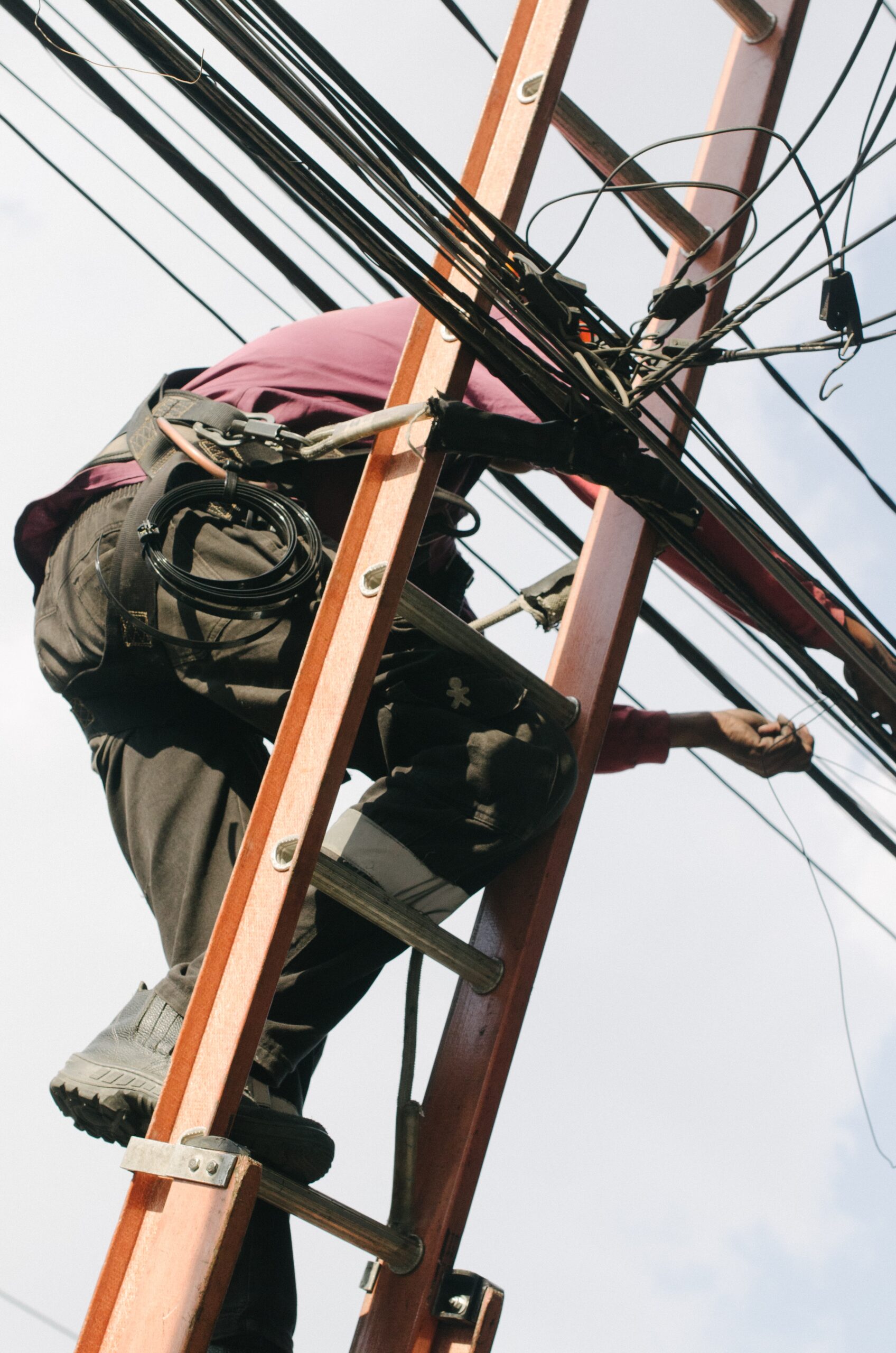Are you curious about how electric scooters tackle hills and inclines? Many riders wonder if these nifty modes of transportation are up to the challenge of navigating steep terrains. Well, worry no more! In this article, we will explore the fascinating world of electric scooters and how they effortlessly conquer hills and inclines, thanks to their powerful motors and smart design features. Get ready to be amazed by the uphill capabilities of these sleek and convenient vehicles!
Factors that Affect Electric Scooters’ Performance on Hills
When it comes to electric scooters, their performance on hills and inclines can vary depending on several factors. Understanding these factors will help you choose the right scooter for your needs and ensure a smooth and enjoyable ride. In this article, we will explore the key factors that affect the performance of electric scooters on hills and provide some tips and techniques to enhance their hill climbing capabilities.
Motor Power
The motor power of an electric scooter plays a crucial role in determining its hill climbing capability. Electric scooters typically come with two types of motors: direct drive motors and geared motors.
Motor Types
Direct drive motors, also known as hub motors, are located inside the wheel hub. They offer a smooth and quiet ride but may lack the torque required for steep hill climbing. Geared motors, on the other hand, use gears to transfer power from the motor to the wheel. These motors are generally more capable of handling hills due to their increased torque.
Wattage and Torque
The wattage of an electric scooter’s motor is a measure of its power output. Higher wattage motors tend to provide better hill climbing performance. Additionally, torque is another important factor to consider, as it determines the scooter’s ability to accelerate and climb hills effectively. A scooter with high torque will have no trouble tackling steep inclines.
Battery Capacity
The battery capacity of an electric scooter determines how long it can run before needing to be recharged. When it comes to climbing hills, a higher battery capacity is generally advantageous. This is because climbing hills requires more energy compared to riding on flat terrain, and a larger battery will be able to deliver the necessary power for an extended period.
Volts and Amp Hours
Battery capacity is typically measured in volts (V) and amp hours (Ah). Higher voltage batteries can deliver more power, while higher amp hour ratings indicate a larger battery capacity. Both factors are important in determining how well an electric scooter can handle hills.
Battery Chemistries
Different battery chemistries can also impact hill climbing performance. Lithium-ion batteries are commonly used in electric scooters due to their high energy density and lightweight nature. These batteries offer good hill climbing capabilities and longer ride ranges. On the other hand, lead-acid batteries are less expensive but heavier, which can affect hill climbing performance.
Hill Climbing and Range Trade-off
It’s worth noting that while a larger battery capacity can enhance hill climbing ability, it may result in a trade-off in terms of range. The energy consumed while climbing hills can significantly reduce the distance an electric scooter can travel on a single charge. Therefore, it’s essential to strike a balance between battery capacity and range when choosing a scooter for hilly terrain.
Regenerative Braking
Some electric scooters are equipped with regenerative braking systems. These systems convert the kinetic energy generated while braking into electrical energy, which is then stored in the battery. Regenerative braking not only helps to increase the scooter’s range but also improves its hill climbing capability by recovering energy that would otherwise be lost during braking.

Weight of the Scooter
The weight of an electric scooter can have a significant impact on its hill climbing performance. Lighter scooters generally have an advantage when it comes to climbing hills since they require less power to overcome the gravitational force. However, the weight of the scooter is influenced by several factors.
Frame and Construction Materials
Electric scooters are constructed using various materials, including aluminum and steel. Aluminum frames are lightweight yet sturdy, making them an excellent choice for hill climbing. Steel frames, on the other hand, tend to be heavier but offer better durability and stability at high speeds. The choice of frame material can affect the overall weight of the scooter and, consequently, its hill climbing capabilities.
Suspension Systems
The presence of suspension systems in electric scooters can also impact their performance on hills. Scooters equipped with front and/or rear suspension can provide better stability and traction, especially on uneven terrain. This allows the scooter to maintain better control and maintain its climbing ability even on rough surfaces.
Distribution of Weight
The distribution of weight on the scooter is another crucial factor to consider. A scooter with a balanced weight distribution, with the center of gravity positioned low and centrally, will provide better stability and control while climbing hills. On the other hand, scooters with poorly distributed weight may feel imbalanced and have reduced hill climbing capabilities.
Rider’s Weight
In addition to the weight of the scooter, the weight of the rider also plays a role in its hill climbing performance. A lighter rider will put less strain on the scooter’s motor and battery, allowing it to climb hills more efficiently. It’s important to consider the weight limit of the scooter and choose one that can comfortably accommodate your weight while still providing optimal hill climbing capabilities.
Weight Limit of the Scooter
Every electric scooter has a weight limit specified by the manufacturer. Exceeding this weight limit can negatively impact the scooter’s performance, including its ability to climb hills. It’s crucial to choose a scooter with a weight limit that accommodates your weight and any additional items you may carry while riding.
Acceleration and Speed
The rider’s weight can also affect the scooter’s acceleration and top speed. Heavier riders may experience slightly slower acceleration and reduced top speeds compared to lighter riders. However, the impact of rider weight on these factors is typically minimal unless the weight significantly exceeds the scooter’s weight limit.

Factors to Consider when Choosing an Electric Scooter for Hills
Now that we’ve explored the key factors that impact electric scooters’ hill climbing performance, let’s summarize the essential considerations when selecting an electric scooter for hilly terrain.
Motor Power
Choose a scooter with a motor that offers sufficient power and torque to climb hills effortlessly. Consider models with geared motors for enhanced hill climbing capabilities.
Battery Capacity
Opt for a scooter with a larger battery capacity to ensure sufficient power while climbing hills without sacrificing range.
Weight
Consider the weight of the scooter itself, as lighter scooters are generally more agile and efficient when it comes to hill climbing.
Rider’s Weight
Ensure that the scooter you choose has a weight limit that accommodates your weight without compromising its ability to climb hills.
Terrain Types
Consider the types of terrain you are likely to encounter on your rides. If you expect to frequently encounter steep inclines, choose a scooter with excellent hill climbing capabilities.
Techniques for Increasing Hill Climbing Capability
While choosing the right electric scooter is essential, there are also techniques that can enhance its hill climbing capability. Here are some techniques you can employ to conquer hills with ease.
Take a Running Start
Approaching a hill with some momentum can help the scooter overcome the initial resistance. By taking a running start, you give the scooter a head start, allowing it to climb the hill more efficiently.
Improve Aerodynamics
Reducing wind resistance can enhance the scooter’s overall performance, including its hill climbing ability. Minimize drag by tucking in your body, keeping your knees close to the scooter, and reducing any unnecessary movements while climbing hills.
Maintain a Steady Speed
Try to maintain a consistent speed while climbing hills. Constantly changing speeds can make it more difficult for the scooter to adjust to the incline and may result in a loss of momentum.
Avoid Stopping Midway
Stopping on a hill and then attempting to continue climbing can be challenging, particularly for scooters with lower torque. Whenever possible, avoid stopping midway through a hill climb to maintain momentum and make the climb easier.

Tips for Riding Electric Scooters on Hills and Inclines
Riding electric scooters on hills and inclines requires some extra caution and awareness. Here are a few tips to help you ride safely and efficiently on hilly terrain.
Plan Your Route
Before embarking on a ride, plan your route to avoid excessively steep hills that may be challenging to climb. Familiarize yourself with the terrain, seek alternate routes with gentler inclines, and avoid routes with unnaturally uneven surfaces.
Monitor Battery Levels
Keep a close eye on your scooter’s battery levels, particularly when climbing hills. Steeper inclines require more power, and monitoring your battery can prevent you from running out of power halfway up a hill.
Use Appropriate Riding Modes
Many electric scooters come with multiple riding modes, including eco, standard, and sport modes. When climbing hills, switch to a mode that offers increased power and torque to tackle the incline more effectively.
Maintain Proper Tire Pressure
Ensure that your scooter’s tires are properly inflated to optimize its performance on hills. Underinflated tires can reduce traction and make climbing hills more challenging. Regularly check and maintain the recommended tire pressure for a safe and comfortable ride.
Safety Considerations while Riding Electric Scooters on Hills
Safety should always be a top priority when riding electric scooters, especially on hills and inclines. Here are a few important safety considerations to keep in mind.
Wearing Protective Gear
Always wear appropriate protective gear, including a helmet, knee pads, and elbow pads, when riding an electric scooter. This will help protect you in case of a fall or collision, especially when riding on challenging terrain like hills.
Maintaining Control and Balance
Maintain control and balance while riding up or down hills. Keep a firm grip on the handlebars and distribute your weight evenly to ensure stability. Deliberate and smooth movements can help you navigate hills safely and comfortably.
Using Brakes Properly
Mastering the use of brakes is crucial, particularly when riding on hills. Avoid sudden or excessive braking, as it can destabilize the scooter and potentially lead to accidents. Gradually apply the brakes and adjust your speed accordingly to safely descend hills.
Avoiding Sudden Braking or Acceleration
Similar to braking, sudden acceleration or deceleration can affect your stability on hills. Gradually increase or decrease your speed to maintain control and prevent abrupt movements that may compromise your safety.

Conclusion
electric scooters can handle hills and inclines with varying degrees of capability, depending on factors such as motor power, battery capacity, weight, and rider’s weight. By understanding these factors and considering them when choosing an electric scooter, you can ensure optimal performance on hilly terrain. Furthermore, employing techniques such as taking a running start and improving aerodynamics can enhance your scooter’s hill climbing capabilities. Remember to ride safely and intelligently, taking precautions and maintaining control to fully enjoy the exhilarating experience of riding electric scooters on hills.

